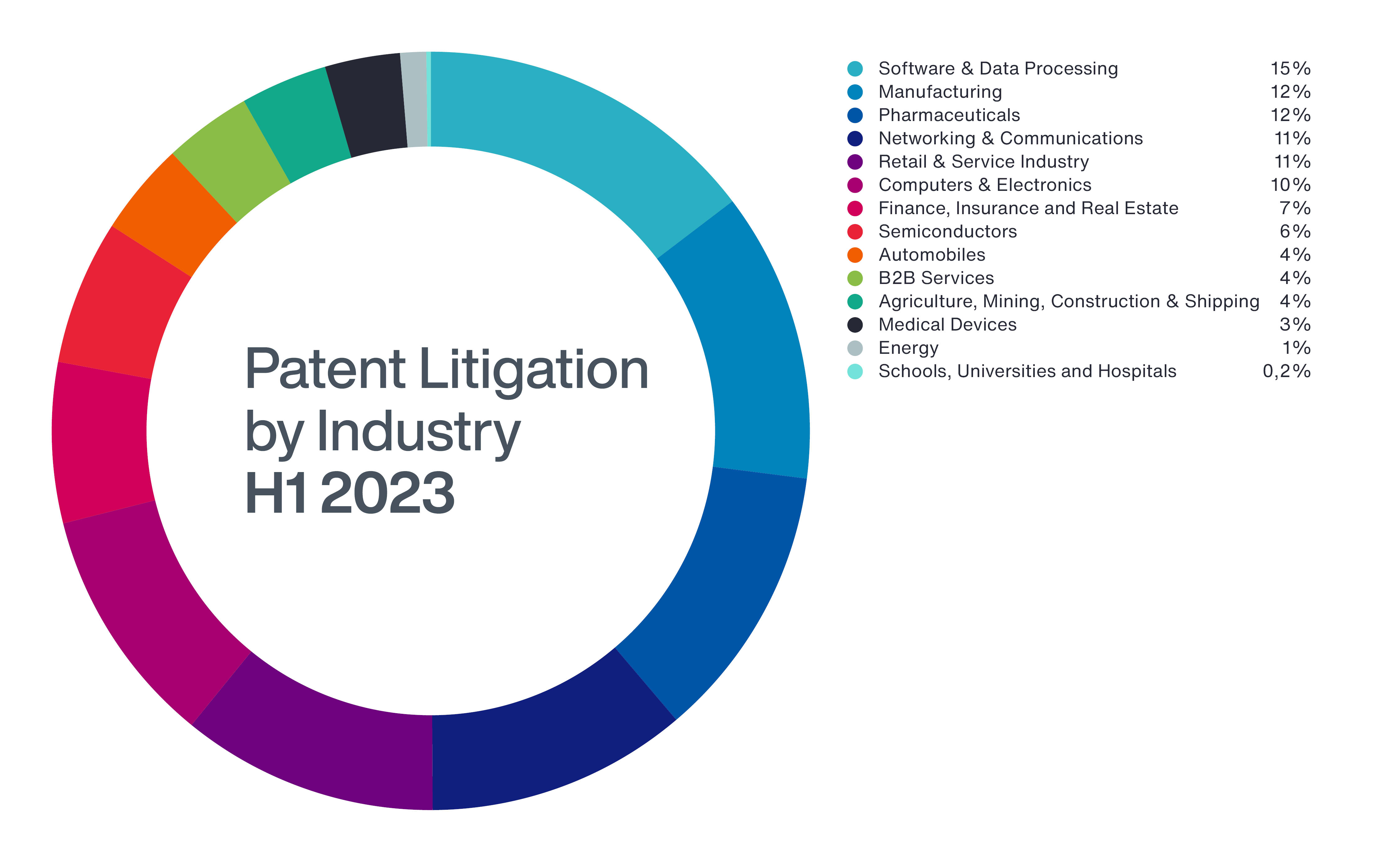End Of School Desegregation Order: Implications For Education

Table of Contents
The Legacy of School Desegregation Orders
The history of school desegregation in the United States is a long and complex one, marked by legal battles, social upheaval, and ongoing struggles for equality. The landmark Supreme Court case, Brown v. Board of Education (1954), declared state laws establishing separate public schools for black and white students to be unconstitutional. This ruling, however, didn't automatically lead to integrated schools. The implementation of desegregation faced significant resistance, leading to the use of court-ordered busing and other integration efforts.
- Landmark Supreme Court Cases: Brown v. Board of Education fundamentally altered the legal landscape, but its implementation was far from seamless. Subsequent cases further shaped desegregation efforts.
- Successes and Limitations: While desegregation led to some progress in integrating schools, it fell short of achieving true racial equality. Many schools remained largely segregated, due to factors such as housing patterns and resistance to integration efforts.
- Social and Political Context: The social and political climate surrounding school desegregation orders was often highly charged, marked by protests, resistance, and ongoing debates about the merits and methods of integration.
The lasting effects of these orders are multifaceted. While some argue that they fostered a more diverse learning environment, the persistent achievement gap between white students and students of color demonstrates that the goal of educational equity remains far from realized. Despite decades of efforts, the legacy of segregation continues to impact educational outcomes.
Potential Impacts on School Demographics and Segregation
The end of federally mandated desegregation orders raises serious concerns about the potential for increased school re-segregation. The dismantling of these orders could lead to a rollback of the progress made towards racial integration in schools.
- Housing Patterns and Residential Segregation: Residential segregation, driven by historical and ongoing discriminatory practices, significantly impacts school demographics. Concentrations of poverty and minority populations in specific neighborhoods often translate to racially and economically homogenous schools.
- Disparities in School Resources and Quality: Re-segregation can lead to disparities in school resources and educational quality, with predominantly minority schools often receiving less funding and having fewer resources than predominantly white schools.
- Trends in School Segregation: Data analyzing school demographics before and after the end of court orders reveals a concerning trend toward increased segregation in many areas. This trend underscores the fragility of integration and the importance of ongoing efforts to promote diverse learning environments.
The benefits of integrated classrooms are substantial, including exposure to diverse perspectives, enhanced social skills, and improved academic outcomes for all students. The potential erosion of these benefits is a major concern.
The Role of Local Control and Funding in Maintaining Educational Equity
The shift towards increased local control over school policies presents both challenges and opportunities for maintaining educational equity. While local communities may have a better understanding of their specific needs, this increased autonomy also risks exacerbating existing inequalities.
- Disparities in Funding and Resources: Local control can lead to significant disparities in funding and resources across different school districts, reflecting variations in local tax bases and priorities.
- State and Federal Legislation: State and federal legislation plays a crucial role in setting minimum standards and providing funding to ensure equitable access to quality education. However, the effectiveness of these measures varies widely across jurisdictions.
- Approaches to Ensuring Equitable Access: Different approaches, such as weighted student funding formulas or targeted interventions for under-resourced schools, are employed to address funding disparities, but their effectiveness is subject to debate.
Robust oversight and accountability mechanisms are essential to prevent the erosion of educational equity under a system of increased local control. Without these safeguards, the potential for increased inequality is significant.
The Long-Term Effects on Student Achievement and Opportunity
The end of desegregation orders carries significant long-term implications for student achievement, particularly for minority students. The potential for increased disparities in educational outcomes is a serious concern.
- Achievement Gaps: Data consistently reveals significant achievement gaps across different racial and socioeconomic groups. School segregation exacerbates these gaps, limiting opportunities for students from disadvantaged backgrounds.
- School Segregation and Student Outcomes: Numerous studies have demonstrated a strong correlation between school segregation and lower academic achievement, reduced college enrollment, and diminished opportunities for social mobility.
- Disparities in Higher Education Access: Increased school segregation can translate to reduced access to rigorous coursework, college preparatory programs, and ultimately, higher education opportunities, perpetuating cycles of inequality.
Addressing systemic inequalities—both historical and contemporary—is crucial to ensure equal educational opportunities for all students. Without a concerted effort to tackle these challenges, the long-term consequences of ending school desegregation orders could be severe.
Conclusion
The end of federally mandated school desegregation orders presents a complex challenge for ensuring educational equity in the United States. While local control offers potential benefits, it also risks exacerbating existing inequalities in school resources, demographics, and student achievement. The legacy of school desegregation is deeply intertwined with ongoing efforts to achieve racial justice and educational opportunity.
Call to Action: Careful monitoring, robust policy interventions, and a continued commitment to addressing systemic inequalities are crucial to mitigating the negative impacts of ending school desegregation orders and ensuring equitable educational opportunities for all students. We must remain vigilant in our pursuit of educational justice and advocate for policies that promote integration and equity in our schools. The fight for equal access to quality education continues, and we must actively work to prevent a return to the deeply inequitable systems of the past.

Featured Posts
-
 Christina Aguilera Unrecognizable In Recent Photos Due To Heavy Photo Editing
May 02, 2025
Christina Aguilera Unrecognizable In Recent Photos Due To Heavy Photo Editing
May 02, 2025 -
 Manchester United Fan Poppy Family Shares Emotional Tribute Following Death
May 02, 2025
Manchester United Fan Poppy Family Shares Emotional Tribute Following Death
May 02, 2025 -
 Is A Smart Ring The Future Of Relationship Trust
May 02, 2025
Is A Smart Ring The Future Of Relationship Trust
May 02, 2025 -
 Fortnites Cowboy Bebop Collaboration Grab Free Items Now
May 02, 2025
Fortnites Cowboy Bebop Collaboration Grab Free Items Now
May 02, 2025 -
 A Look At Ongoing Nuclear Litigation Key Cases And Trends
May 02, 2025
A Look At Ongoing Nuclear Litigation Key Cases And Trends
May 02, 2025
